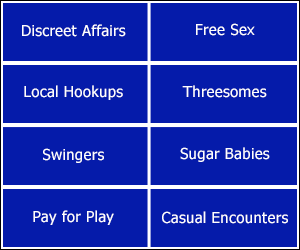Over the years I have become friendly enough with talent that I've talked to them about the workplace and I thought it would be useful to describe the deals that strippers have with management. Girls that work in clubs, please chime in and elaborate on this.
Nice looking girls who are comfortable being naked and can dance can easily gain employment at clubs except that it isn't considered employment by the club. They are termed independent contractors and, in fact, pay to work there. At one local institution, the girls pay the least if they show up at 3 pm. Every hour after that costs them more to clock in. There is no hourly pay. They keep all their stage tips and floor dance money. However, any time they use a room, they are paying out about 40% to management. Management therefore knows the 60% of VIP costs collected and reports those to IRS and state tax office. This is why girls are always asking for tips. Tips, drinks and OTC are not reported.
There are a lot of people the girls are expected to tip including the DJ, the house Mom (and/or Dad), the floor managers who seat customers, the guys who park cars. Some of these people help the girls, especially at closing time. Others can be pricks. Some of the guys have to dress nice but also don't really get paid by the house.
The dressing thing is pretty interesting. Obviously, we like strippers to look hot and they can't make money if they don't look hot. However, there are a number of rules at clubs that are at the whim of management. Management can specify that particular too much (legal issues) or too little. More of a problem are the shoes. Despite the fact that a girl can look sensational in flats or barefoot and may have knee or foot injuries, she's unlikely going to be able to work without really high heels.
Management puts up signs that say no touching this or that. Obviously, this is to leave the girls holding the bag if there is a bust. The management will claim that they thought they were an air dance establishment and the girl must have been a slut or a hooker.
Whether considered employees or contractors, strippers should be able to obtain health insurance through the affordable care act. Their major tax issue as contractors is that they have to pay self employment tax if they don't have sufficient clothing or gas expenses to offset reported income. Again, this reinforces the non reported piece of stripper income, which is not as likely to be in large bills because it is outside of VIP or is tipped on top of VIP. I would be interested to know whether strippers who have unionized as employees have made shoes an issue or have stuck to the typical issues of compensation. Also, what is the correlation between stripper-friendly workplaces and customer satisfaction?


I have heard mixed reactions from strippers over 1099 vs. W-2 employment. One told me that she quit a club when the club required the dancers to become W-2 employees. On the other hand, I have heard that dancers like the W-2 model of being paid on days they don't sell any dances rather than ending up owing money to the club for being there on a slow night.
I have seen it written on TUSCL before that the recent declines in strip clubs might be linked in part to risk aversion in possibly ending up owing the club money.
IMO, all of this is mostly details, though. The most important factors are whether there are customers spending money and dancers worth spending money on. At a busy club, a theoretical risk of a slow night probably isn't a big deal. At a slow club, making $80 for a 8 hour shift might not seem worth it compared to a regular job if there are too many nights like that.